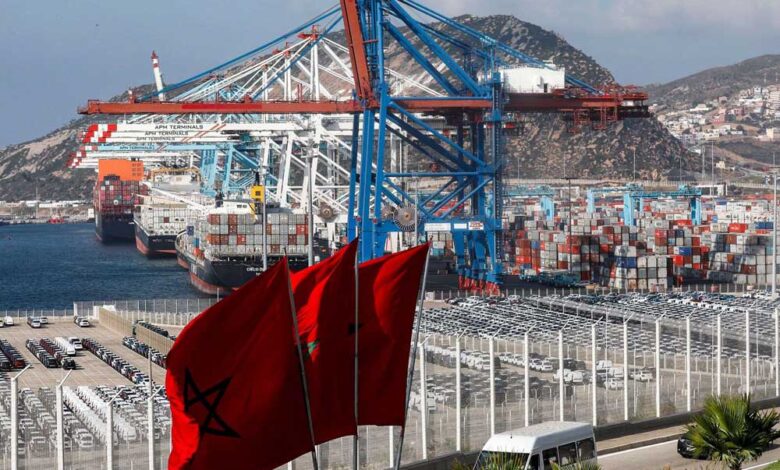Economic ties between Morocco and Brazil continue to strengthen, with trade exchanges reaching $2.77 billion in 2024, marking a 4.52% increase compared to the $2.65 billion recorded in 2023, according to data from the Arab-Brazilian Chamber of Commerce. This steady growth underscores the dynamic nature of bilateral relations, closing the year with a modest trade surplus of approximately $2.2 million in Morocco’s favor.
The rise in trade volume has been largely driven by Brazilian exports to Morocco, which soared to $1.39 billion, reflecting a 12.2% increase from the previous year. Leading the charge in Brazil’s export portfolio is sugar, with 1,923 tonnes of cane or beet sugar and pure sucrose shipped to Morocco, amounting to $918.1 million, an impressive 13.93% growth, accounting for 66.07% of total Brazilian exports to the Kingdom. Other major exports include 1,505 tonnes of corn, valued at $297.2 million, registering a slight 0.94% increase, and a remarkable surge in live cattle exports, which skyrocketed by 319.27% in value, reaching $47.22 million for a total of 20,050 tonnes.
On the import side, Brazilian purchases from Morocco totaled $1.39 billion, experiencing a slight 1.7% decline compared to 2023. Despite this dip, Morocco remains Brazil’s third-largest Arab supplier, with fertilizers continuing to dominate the export basket. Mineral or chemical fertilizers containing two or more nutrients accounted for 51.53% of Morocco’s exports to Brazil, valued at $714.9 million, while phosphate fertilizers contributed 32.23%, totaling $447.2 million.
Brazil’s key exporting states to Morocco include São Paulo, which leads with 48.3% of shipments, followed by Mato Grosso with 18.4%, and Minas Gerais, contributing 10.6%. On the receiving end, Rio Grande do Sul stands as Brazil’s top importer of Moroccan goods, accounting for 27%, with Paraná closely behind at 24%.
As Morocco and Brazil continue to strengthen their trade partnership, the increasing demand for agricultural products and fertilizers highlights the complementary nature of their economies. The upward trajectory of trade relations suggests further opportunities for economic collaboration and investment in the years to come.
